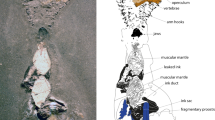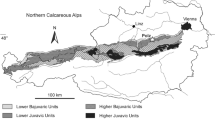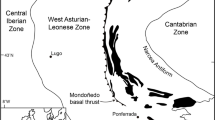Abstract
A SYSTEMATIC study has been made during the past year of the fish and invertebrates caught in the kypes or ‘fixed engines’ secured between tide marks in the upper regions of the Bristol Channel, between Avonmouth and Gloucester. During the spring of 1938, three specimens of the burbot, Lota vulgaris, were obtained. Two, measuring 9 cm. and 10.5 cm. long respectively, were caught during February in kypes at Oldbury, and the third, 11.5 cm., during March at Hallen, some eight miles nearer to the sea. These appear to be the first modern records of this fish in the West of England, although it is not uncommon in the rivers which flow into the North Sea between Durham and East Anglia and is of general distribution in northern and eastern Europe.
This is a preview of subscription content, access via your institution
Access options
Subscribe to this journal
Receive 51 print issues and online access
$199.00 per year
only $3.90 per issue
Buy this article
- Purchase on Springer Link
- Instant access to full article PDF
Prices may be subject to local taxes which are calculated during checkout
Similar content being viewed by others
Author information
Authors and Affiliations
Rights and permissions
About this article
Cite this article
LLOYD, A. Occurrence of Burbot in the Estuary of the River Severn. Nature 142, 1118–1119 (1938). https://doi.org/10.1038/1421118b0
Published:
Issue Date:
DOI: https://doi.org/10.1038/1421118b0
Comments
By submitting a comment you agree to abide by our Terms and Community Guidelines. If you find something abusive or that does not comply with our terms or guidelines please flag it as inappropriate.



